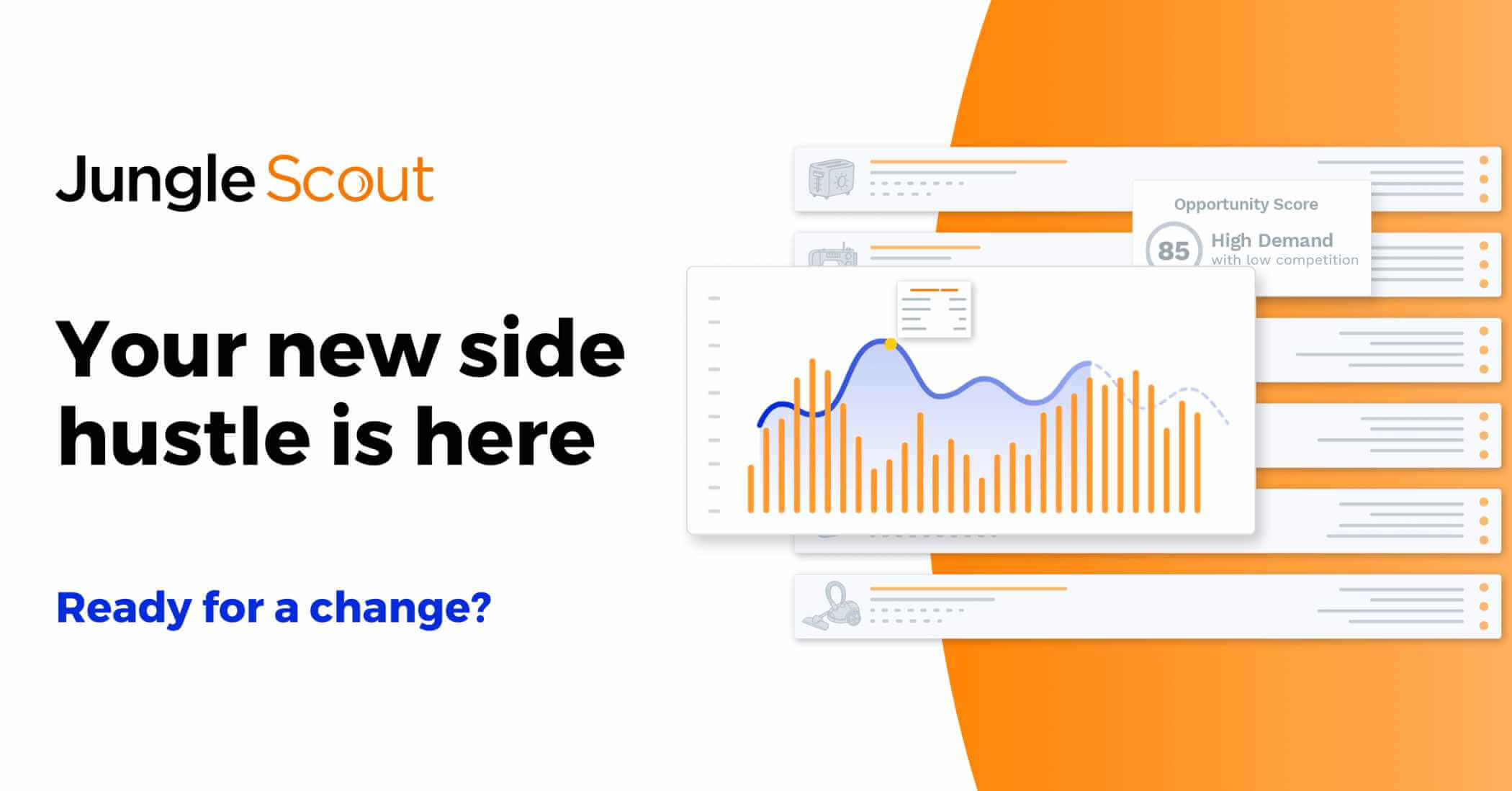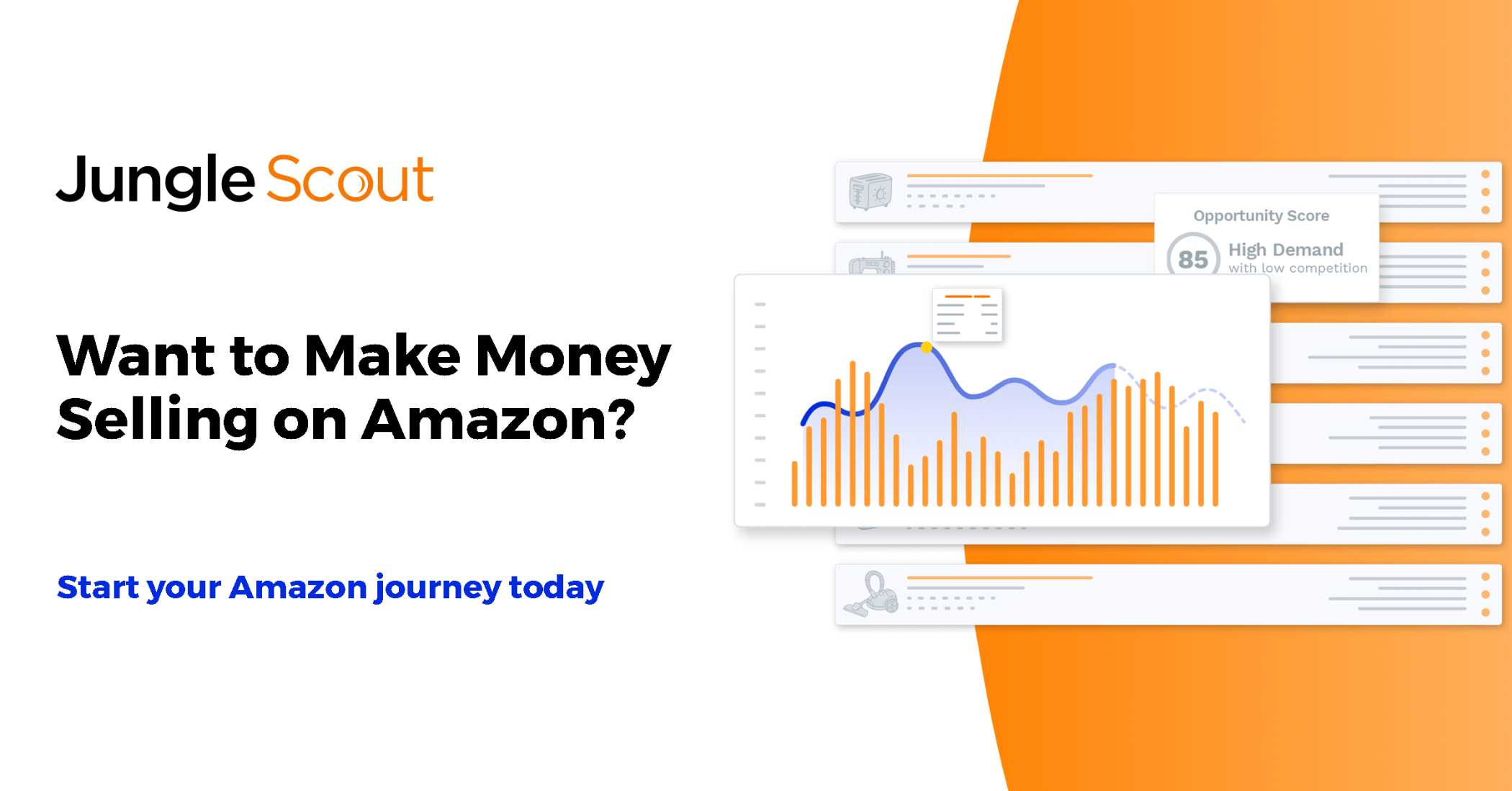Last Updated on

Do you have Views but no Customer Purchases on Amazon?
You’ve listed your item on Amazon but you’re not getting any sales, or you’ve had a big drop in sales. What’s the problem?
There could be a couple things. The amazon reports in Seller Central can show you views to your listings, but if you’re not getting any purchases, it could be for a couple reasons:
1. Poor Image Quality
This one is a killer. If you don’t have the main image filling up 80% of the frame, well lit, and with a pure white background, your results are going to suffer big time.
Take the time to get some good photos of your products. They’ve got to look fantastic. This is what’s going to sell your products.
This can’t be understated. Really review your images and compare how they look versus the competition in Amazon search results.
Your image might look fine when large, but when shown smaller in search results, sometimes the lighting isn’t quite right or the angle is off and it’s causing you to lose sales.
2. Listings not following Amazon Guidelines
I can’t tell you how many times I see this as I’m pursuing Amazon for deals.
Someone will create a listing and have two of the same products, but of different colors, as the main product image.
This is against Amazon’s policies. The only thing in your main image should be the product the customer is purchasing.
Set up a variation based on color for multiple color options. Don’t place a photo with both color options of the product in the same photo. It confuses buyers, and a confused buyer walks away, or ends up mad.
The other point are listings that don’t fill out all the information about the product. Take the time to let buyers know the size and features of the product.
3. No Amazon Reviews
This is a big one. You need reviews of your products on Amazon, and you need legit reviews. One or two-line reviews, all five stars…customers can see that a mile away as likely review stuffing.
You need legitimate reviews.
Encourage your purchases to review your product. Amazon does not permit you to incentivize for getting reviews (i.e., offering free products for review), but there is something you can do that Amazon supports to get reviews of your new products on Amazon.
4. Keyword Optimization
This one might sound a little technical, but it’s not too bad. In fact, it’s critical as Amazon has changed up things in the last few months.
Your listing needs to have words in it that customers are searching for. For example, if you’re selling a camping chair, you should have the words “camping chair” somewhere in your listing.
Amazon says don’t keyword stuff your title, but you can put them in your bullet points as necessary descriptors. If you’ve listed your chair as a lounge chair, make sure you’ve got the word “camping” in there too.
Any other keywords not found in your listing, but sure to put in the Amazon keyword search terms field within your item inventory setup. Don’t duplicate words already in your listing.
You can check if you’re listings are ranking for keywords by searching on amazon for your ASIN and the keyword.
5. Pricing vs. Competition on Amazon
If everything else looks good, you may want to consider the value your listing and product present vs the price and price/value of other similar products.
If your pricing really is competitive, you could try running a sale to get some movement. Discount enough to get buyers interested, and a few sales can help jumpstart your sales rank.
The point is you’ve got to get the Buy Box on Amazon, and one of the best ways to do that is by having the lowest price or by eliminating the competition through creating your own or private label products on Amazon.
There are many more strategies to use that we’ll be exploring deeper in the future, so stay tuned.
Views but no Purchases on your Own Website
If you’re selling on your own website, or have a blog that you’re using to promote your products and brand, it’s important to track how well it’s working.
You could have lots of visitors to a certain page, but not getting any sales.
Tracking Results
If you’re not tracking how visits to your eCommerce site, you won’t know if you’re getting lots of visits, and won’t be able to track your sales conversions.
Lots of visits but no sales could indicate something is wrong with your shopping cart and visitors aren’t getting through the purchase process.
If some sales get through, but there’s lots of visitors, it could be that price, description, or images need to be updated on your site.
Google Analytics is what I use to track the traffic to my eCommerce.
It makes it easy to see how much traffic is coming to my sites as well as what search keywords were used to get there, among many, many other reports.
You’ll be able to see where your visitors are coming from (state, country, etc.). You’ll also be able to see what days of the week and times of day are most popular.
You can also set up “goals” so when a customer visits the “thanks for ordering” page, you’ll be able to see how many times per day that happens (hopefully a lot!).
You can sign up for free, and then you’re given a small tracking code to copy and paste into your website.
Point is, if you don’t track it, you won’t know.

